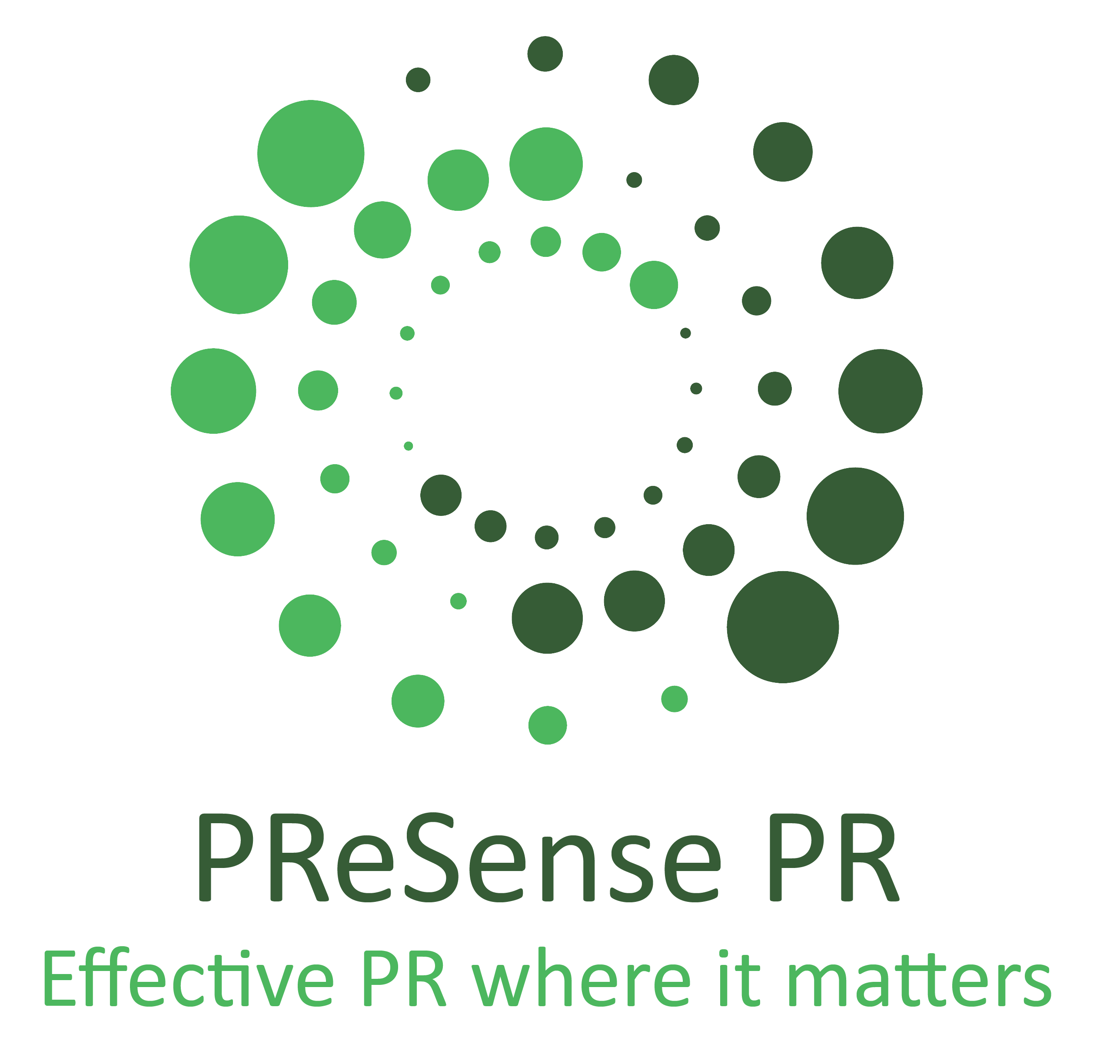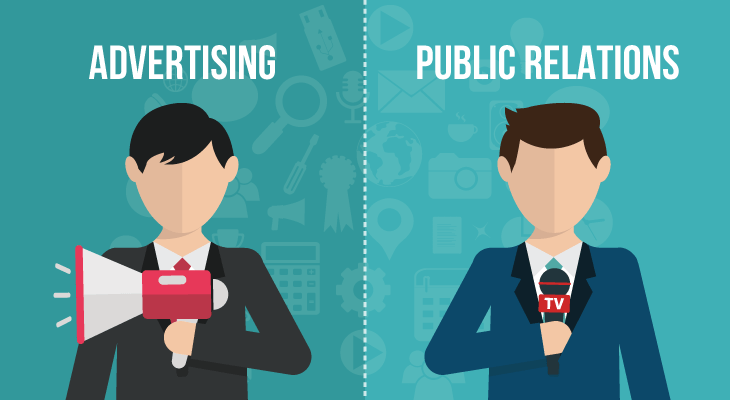The Public Relations Society of America (PRSA) defines public relations as “a strategic communication process that builds mutually beneficial relationships between organizations and their publics.” In other words, the official definition by the organization in charge of PR standards is entirely too vague, without proper context, for the public to understand — at least in my opinion.
The mixup surrounding the definition almost always lies in the difference between advertising and public relations — many people presume they are one in the same. While there is some overlap between the two fields, there are fundamental differences that you must understand to create successful PR campaigns and achieve optimal results.
1. Paid Vs. Earned Media
Advertising is a paid placement by the company or client. You know exactly when it is going to run and how big it will be, and you have the option to make edits up until the deadline. In PR, there is no cost for placement — it revolves around earning credible media exposure for your clients and their products.
2. Message Control
In advertising you are paying for space. As a result, you have a lot of leeway in choosing what words will appear, the timing of the placement and what images will be included. In PR, once your messaging goes out to media, you have zero power over how the media is going to spin your words. Reporters are in no way committed to using your messaging verbatim, nor do they have to use your information at all.
3. Deadlines
Deadlines are crucial in both advertising and public relations, but missing them can have very different results. In advertising, you must have all your elements in by a certain time and date in order to make it to publication on time. Since you’ve paid presumably hundreds or thousands of dollars, publications might be a bit more accommodating if you’ve missed the deadline and can offer you space on a later date.
In PR, missing a deadline can make or break whether your company or product gets featured at all. A story typically runs just once, and other publications may regurgitate the information from the original source. If you don’t submit commentary or other elements in time for the reporter to file, you’ve likely missed the boat and will have to wait awhile before you can pitch the topic again. Clients must understand that news runs on the publications’ stopwatch, not theirs.
4. Hard Sell Vs. News Hook
One of the biggest misconceptions is that reporters will write a news story based on the same messaging you’d put in an advertisement. But for a pitch to be picked up by a publication, there needs to be some sort of interesting news angle or hook to entice the reporters, producers and editors. You don’t want the news to sound like a commercial: if you want a tagline to be your end game, you’re better off buying ads.
5. Audience Perception
Consumers are smart, and they know when they are being pitched to. An advertisement that says “buy this product because it’s the best” might inspire some consumers to purchase, but they ultimately know they are being told to do so by a biased paid placement.
In PR, if you get a reporter to cover a product and someone within the article gloats about how the product is the best, then you’ve added a layer of third-party affirmation, and subsequently more credibility. Getting others to speak well about the company or the product, with no financial strings attached, is a priceless endorsement.
6. Saying No
While advertisements do have some restrictions when it comes to paid placements, there is a lot more room to say yes because you have given money in exchange for controlled messaging. In PR, I find there are many cases when the publicist should simply tell the client no because it’s in their best interest. If someone asks me to push out messaging to outlets that just has no shot of being picked up because it’s too commercial or there is no news hook, I steer them in another direction. It saves everyone a lot of time and aggravation in the long run.
To explain the difference between PR and advertising to the people , This is one of simplest quotes, attributed to S.H. Simmons, that summarizes everything quite succinctly:
“If a young man tells his date how handsome, smart and successful he is — that’s advertising. If the young man tells his date she’s intelligent, looks lovely and is a great conversationalist, he’s saying the right things to the right person and that’s marketing. If someone else tells the young woman how handsome, smart and successful her date is — that’s PR.”


